Recoleta. Borges-Kafka Meeting in Buenos Aires
The vulture
Franz Kafka
There was a vulture that pecked at my feet. He had already torn my shoes and stockings and now was pecking at my feet. He always threw a peck, flew in restless circles around and then continued his work. A man passed by, he looked at us for a while and asked me why I tolerated the vulture.
—I’m helpless —told him—, he came and started to peck me, I wanted to scare him and I even thought to twist his neck, but these animals are very strong and he wanted to jump to my face. I preferred to sacrifice the feet: now they are almost shattered “Do not let yourself be tormented,” said the lord, “a shot and the vulture is over.”
—Do you want to take care of the matter?— I asked him.
“Enchanted,” said the lord; I just have to go home to get my rifle, can you wait half an hour more?
“I do not know,” I answered, and for a moment I was stiff with pain; then I added: please try anyway.”
“Well,” said the gentleman, “I'm going to hurry.
The vulture had listened quietly to our dialogue and had let his eyes wander between me and the lord. Now I saw that he had understood everything: he flew a little, stepped back to get the necessary impetus and like an athlete throwing the javelin he fit the peak into my mouth, deeply. When falling backwards I felt like a liberation; that in my blood, which filled all the depths and that flooded all the riverbanks, the vulture irreparably was drawning.
In commemorating the 80th anniversary of the death of Franz Kafka, the Czechoslovak and Argentine governments decided to hold a show in honor of the two extraordinary writers of their respective countries, and the Recoleta Cultural Center was chosen as the venue for this purpose. Then, the exhibitors were invited to a private reception in the halls of the Czechoslovak Embassy.




















